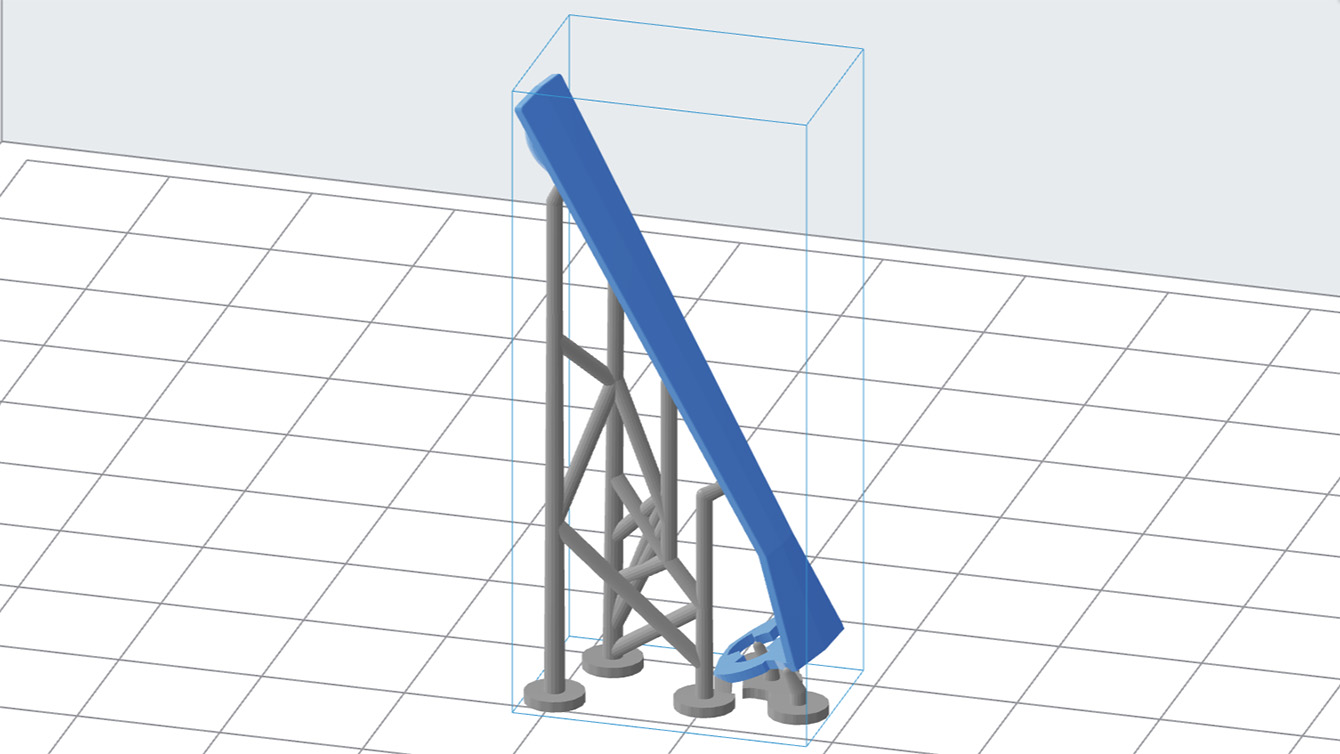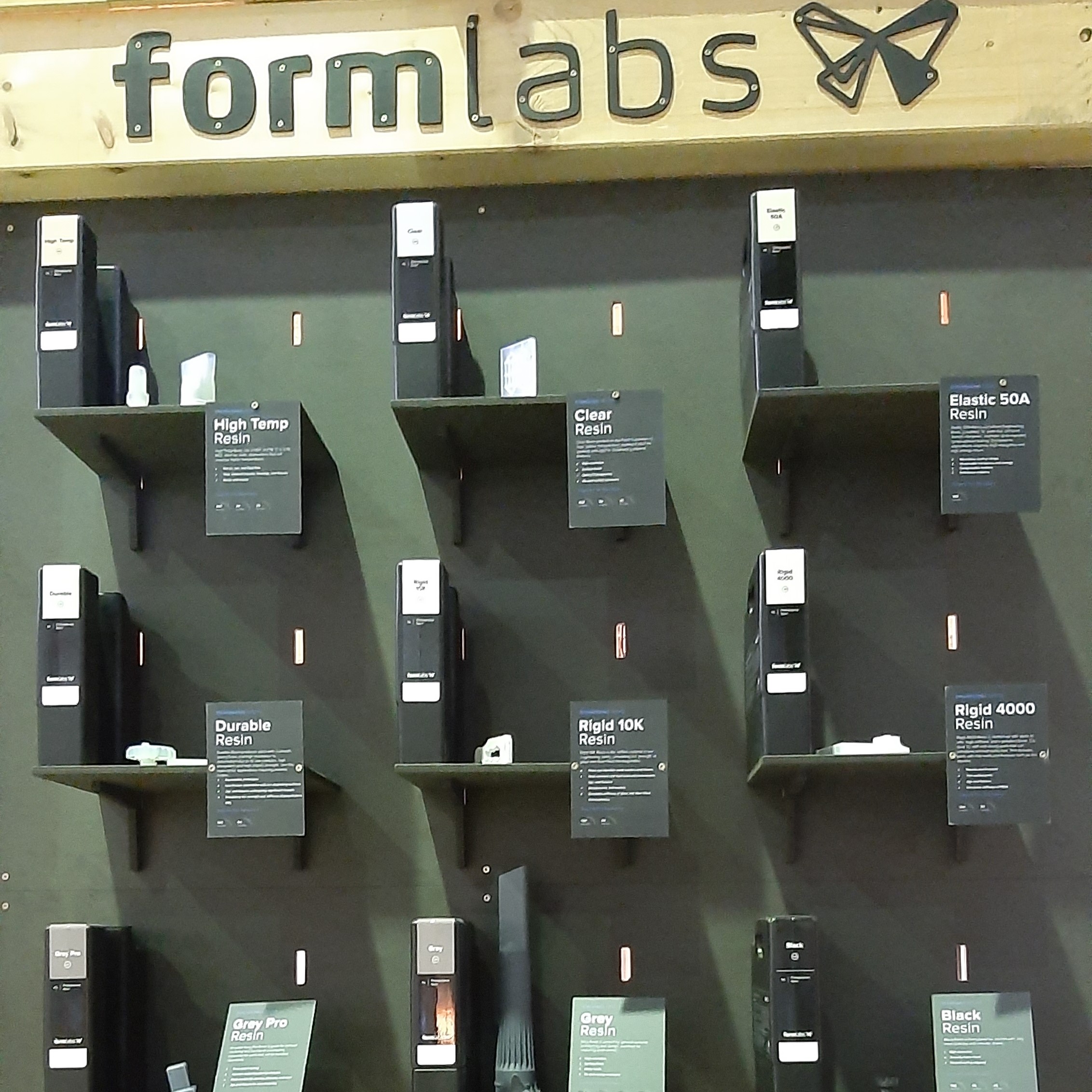3d-Printing (II). Digital Manufacturing and Prototyping
SLA 3D printers
Using SLA 3d printers, frequently Formlabs, the quality is absolutely different and better than with FDM. The result is good enough for ready to use and sell products, also when they have tiny details. But the process is significantly longer (maybe more than one day), the materials could be rigid or flexible, with a limited colour selection and a high cost (1-litre costs around 250€). The cost of the entry-level machines is around 3.500-4.000€ depending on the size and accessories.
But these machines are really reliable, and they can work unattended with not many sad surprises. They need maintenance and careful use, especially with the resin tank, to do not contaminate it.
With the SLA printers, there is an exciting option to create moulds. It’s possible to print a silicon mould and use it to cast resin, polymer… this technic is not easy. It used to be a problem with bubbles. It is a perfect option for a short production series, better than 3d-printing each of the pieces. Many of the advertisement from Formlabs is focused on this use.
Very recently, Formlabs has a new system with a base colour and a mix of colours to mix. It is a considerable change, adding many new options to the creation of final products.
For getting the proper resistance and the adequate properties to the material, it’s usually required an extra process: curate the pieces. You have to clean it and use other machines that complete this creation process. It’s easy, but it’s adding more time and investment to achieve the results.
There are more and more choices from other producers and for about ten times less price for machines and resin. Sometimes they are smaller and from not so famous brands, but it’s a process of simplifying the access to technology that we have seen before with the filament ones.

More 3d printing technologies:
There are many more technologies. Maybe the 3D printers for metal are the most significant innovation, giving a good alternative for production in the industry. They are perfect for unique parts or replacements and short production batches.
Powder Bed Fusion: Just a volume of “dust” of the material solidified by a laser beam (or electron-beam for some of the metal ones where they melt the metal). It’s probably the most powerful system, but very expensive. The best production workflow is to wait until you have enough pieces to complete “a mould”. Suitable for final production and high quality and accuracy. But accessible only for industry players. And for Metals. Same here, but increasing the cost, but perfect for unique or rare functional pieces.
Material Jetting: similar to an inkjet printer, but with the material instead of the ink. The support is printed at the same time as the object. I use resins, quite expensive, around 300-1000€ per kilo. The products have a good finishing and many options in colours. They are good for the creation of models as well as for creating moulds (itself of just a model for casting around).
Binder Jetting: similar to powder bed, but instead of consolidating the material by energy, it’s done by a binding agent. It could be with sand, or what’s very interesting with metal as well. The final quality is relevant, and they are frequently used to create large sand-casting patterns and functional metal parts.
Here you can find a complete guide about how to select the most appropriate technology for your project.
We can see that they are not limited to design and prototypes. I think it’s what many people believe still about 3D printing. They are today an alternative and a reality in the industry.
With all these options, we can create ready to use products, with the expected limitation of finishing and quality of the surface. It’s usual, as well, to sand and to paint the printed pieces to achieve a better looking.
Conclusions
- 3d-printers are not difficult to use, maybe the SLAs a little, but achieving a good and consistent quality is not easy.
- The final quality is, in many cases, good enough.
- They are perfect for prototyping. The best situation is doing fast tests with small pieces, something that could be done in 30min.
- They are not fast enough for manufacturing, also for small batches. Some companies solve it using a farm of machines.
- There are more and more materials available
- There are a lot of trial-error processes. It is not exactly a science. It is always possible to learn more, and it helps, but it is not possible to achieve 100% security on the results.
- In the end, we know the relationships between our machines and the materials we use frequently, but in a new situation, the results could be different.
- The design concepts are not extremely complicated. You must think about what you want, and maybe about how to divide it into several pieces to position them properly on the printer. But in the end, it is thinking in 3D to create in 3D, and there is no big difference.
- Creating something from scratch is amazing, magic. I am still fascinated, and I see them for near ten years.

More posts from this series:
- Digital Manufacturing and Prototyping for Industrial Startups
- 3d-Printing (I). Digital Manufacturing and Prototyping
Version DE


